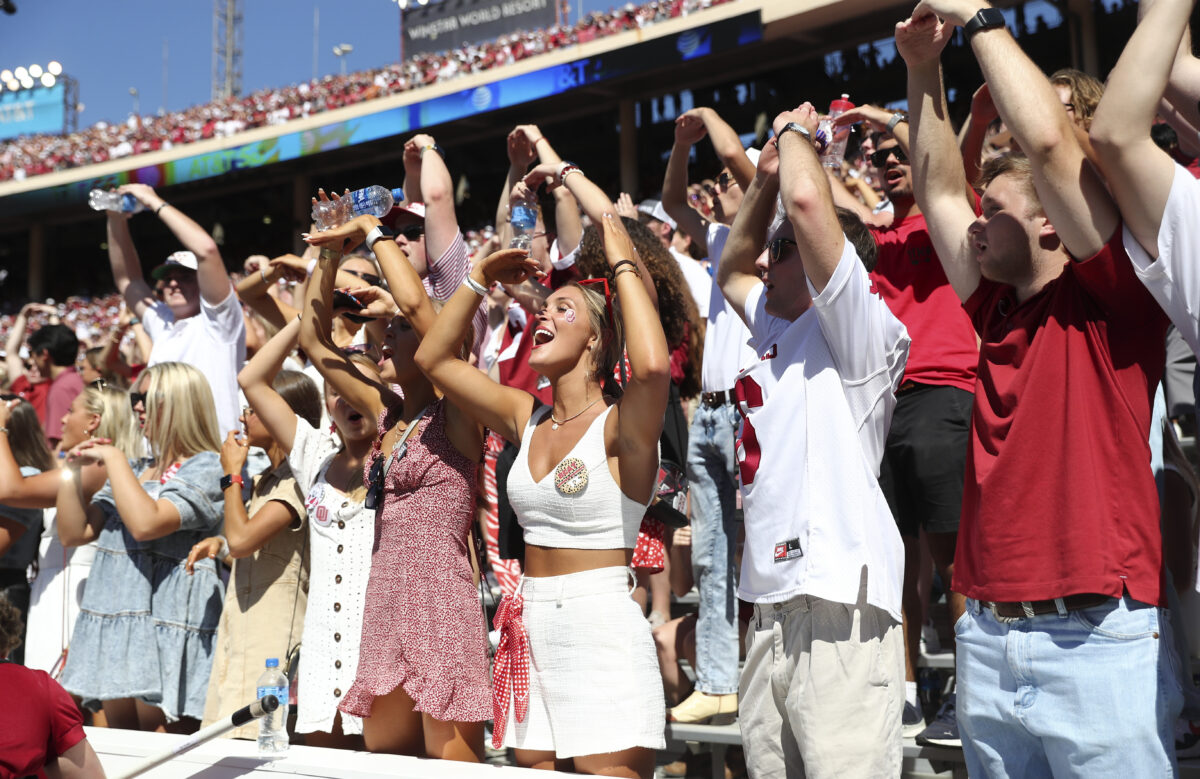As a football program, few programs have had as much success or more than the Oklahoma Sooners in their history. They’ve been the powerhouse in the Big 12 for the last two decades, winning more conference championships than the rest of the programs combined.
Nestled in the heart of Oklahoma, the Sooners have built themselves into a blue blood program thanks in part to the work of Bennie Owen, Bud Wilkinson, Barry Switzer, Bob Stoops, and yes, even Lincoln Riley. They’re a team synonymous with winning, offensive football, and Heisman trophies.
They’ve never been a flash-in-the-pan program. While the Sooners have had short-lived periods of poor play on the field, they never lasted long, and rarely did it mean a losing season. According to College Football Reference, the Oklahoma Sooners have had just 11 losing seasons in their 114-year run. That’s a remarkable run of success. By comparison, the Texas Longhorns have had 17 losing seasons in their history.
That record of success has helped them build one of the largest college football fanbases in the country despite their home state’s small population.
Strategy analyst Tony Altimore underwent a process to analyze the fan bases of Football Bowl Subdivision teams, and the Oklahoma Sooners came in at No. 17 in the study.
Here’s what they looked at in their study:
Includes inbound conference teams only, excluding some newly promoted FCS teams lacking prior data. Source: New York Times and NYT 538 studies of fanbases in 2011 and 2014 and of Vivid Seats ticket sales data in 2014, normalized with 2020 U.S. Census data and Google trends data and multiple studies of overall national CFB fan support. Inputs from each study are averaged based on number of inputs to avoid penalizing (primarily G-3) teams not included in all three studies. – Tony Altimore
Ohio State came in at No. 1, followed by Notre Dame at No. 2. Texas, with Oklahoma heading to the SEC, had the third-biggest fanbase in the study’s estimation. Coming in ahead of Penn State at No. 4 and Michigan to round out the top five.
The new-look SEC fared very well in the study as 15 of the 16 schools made the top 40 in estimated fan base. Vanderbilt, who has struggled in football in recent seasons, was tied at No. 63 with the Big Ten’s Northwestern, who was the only school in the new-look conference outside the top 50.
While Texas has a sizeable advantage in the fanbase size, one must also consider that the state of Texas has a much larger population than Oklahoma. It’s the age-old discussion about why Oklahoma has so many players from Texas on the roster. There’s simply a larger player pool to recruit from.
The study has certain limitations, which is why it’s an estimate. The studies used are nearly a decade old. However, it’s interesting to see how the teams and leagues stack up based on the numbers involved. It’s unlikely things have changed so radically in support that teams would drop off, but that’s not to say things might look different if they were based on more recent numbers, were they available.
It’s not surprising that the SEC leads the way in average fanbase per school, followed by the Big Ten. Those two conferences are considered one and two in unofficial rankings of the Power Five. It’s also not surprising to see the Big 12 fall to fifth among the Power Five, with Texas and Oklahoma shifting to the SEC.
Because this study came out before the moves of USC and UCLA to the Big Ten, it’s not been updated to reflect the recent realignment. However, when you add the former Pac-12 schools, they still lag behind the SEC.
And when you take out USC and UCLA from the Pac-12, they still rank ahead of the Big 12 in average fanbase per school by more than half a million.
The ever-changing landscape of college football has led to discussions about brand recognition and drawing power. With that, let’s take a look at the top 25 schools in estimated fan base according to this study.
